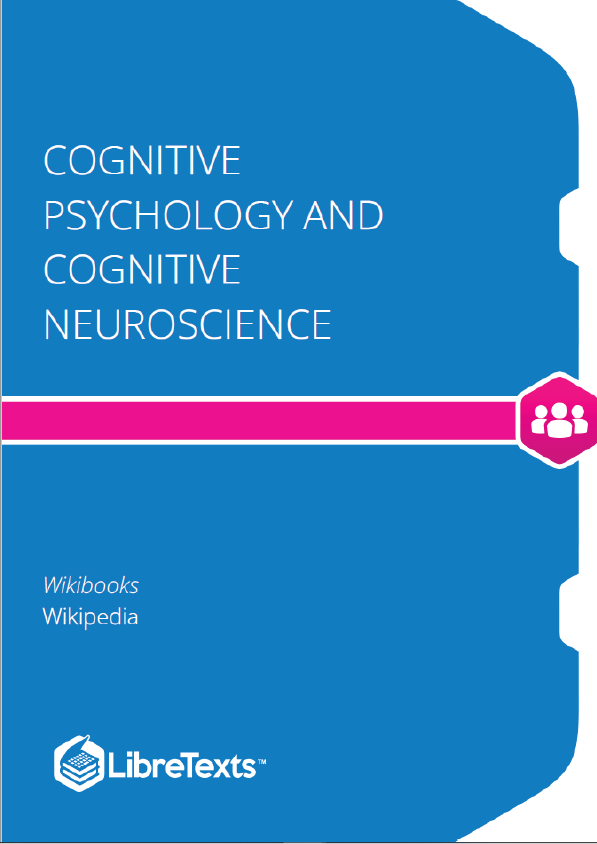Cognitive psychology is the scientific study of mental processes such as attention, language use, memory, perception, problem solving, creativity, and reasoning. Cognitive neuroscience is the scientific field that is concerned with the study of the biological processes and aspects that underlie cognition, with a specific focus on the neural connections in the brain which are involved in mental processes. It addresses the questions of how cognitive activities are affected or controlled by neural circuits in the brain. Cognitive neuroscience is a branch of both neuroscience and psychology, overlapping with disciplines such as behavioral neuroscience, cognitive psychology, physiological psychology and affective neuroscience. Cognitive neuroscience relies upon theories in cognitive science coupled with evidence from neurobiology, and computational modeling.
Cognitive Psychology and the Brain
Imagine the following situation: A young man, let’s call him Knut, is sitting at his desk, reading some papers which he needs to complete a psychology assignment. In his right hand he holds a cup of coffee. With his left one he reaches for a bag of sweets without removing the focus of his eyes from the paper. Suddenly he stares up to the ceiling of his room and asks himself: “What is happening here?”
Probably everybody has had experiences like the one described above. Even though at first sight there is nothing exciting happening in this everyday situation, a lot of what is going on here is highly interesting particularly for researchers and students in the field of Cognitive Psychology. They are involved in the study of lots of incredibly fascinating processes which we are not aware of in this situation. Roughly speaking, an analysis of Knut’s situation by Cognitive Psychologists would look like this:
Knut has a problem; he really needs to do his assignment. To solve this problem, he has to perform loads of cognition. The light reaching his eyes is transduced into electrical signals traveling through several stations to his visual cortex. Meanwhile, complex nets of neurons filter the information flow and compute contrast, colour, patterns, positions in space, motion of the objects in Knut’s environment. Stains and lines on the screen become words; words get meaning; the meaning is put into context; analyzed on its relevance for Knut’s problem and finally maybe stored in some part of his memory. At the same time an appetite for sweets is creeping from Knut’s hypothalamus, a region in the brain responsible for controlling the needs of an organism. This appetite finally causes Knut to reach out for his sweets.
Now, let us take a look into the past to see how Cognitive Psychologists developed its terminology and methods to interpret ourselves on the basis of brain, behaviour and theory.











